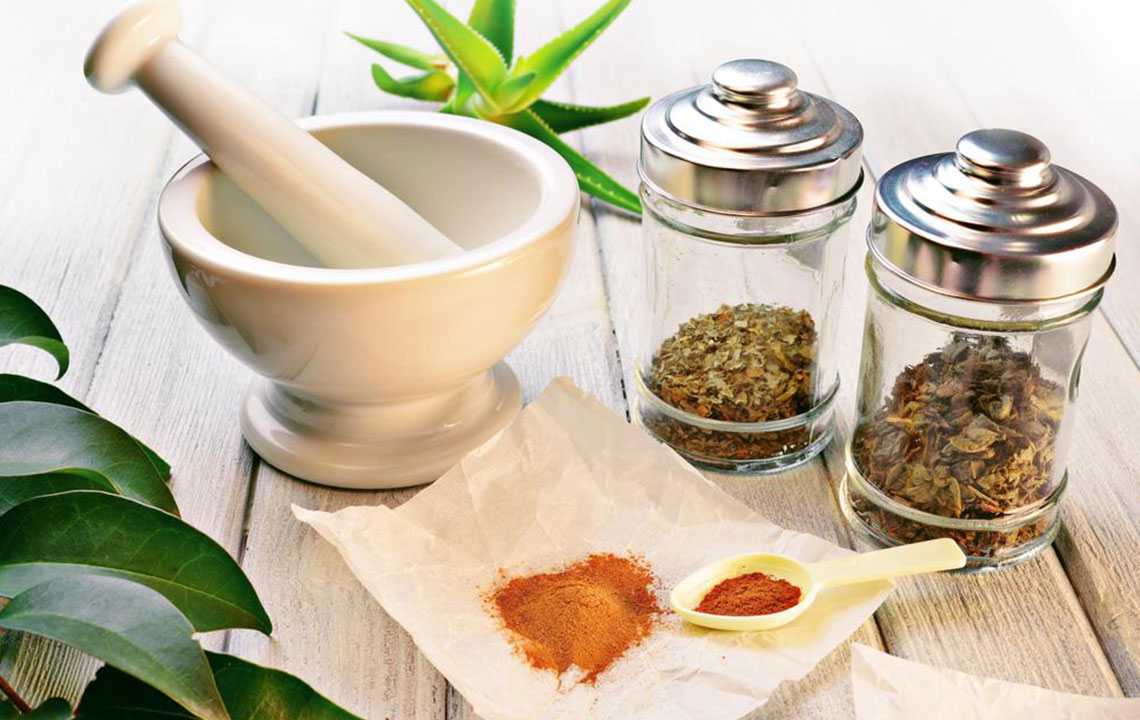Comprehensive Approaches to Managing Overactive Bladder Symptoms Effectively
This comprehensive guide explores effective strategies to manage overactive bladder (OAB) symptoms through medical treatments, dietary modifications, and lifestyle adjustments. It emphasizes the importance of personalized care, proper medication, bladder-friendly diet choices, and pelvic floor exercises to improve bladder control, reduce urgency, and enhance quality of life. Ideal for those seeking holistic solutions, this article provides valuable tips for managing OAB effectively and safely.

Comprehensive Approaches to Managing Overactive Bladder Symptoms Effectively
Overactive bladder (OAB) is a prevalent condition that impacts millions of individuals worldwide, characterized by an urgent need to urinate frequently, often accompanied by involuntary leakage of urine. This condition can significantly impair daily life, leading to discomfort, embarrassment, and decreased quality of life. Women are more susceptible to OAB than men, with estimated figures suggesting that approximately 33 million people in many countries are affected. Effectively managing OAB requires a holistic approach incorporating medical treatments, dietary modifications, and lifestyle changes tailored to individual needs.
Medical Treatments and Pharmacological Options
Modern medicine offers several FDA-approved medications that can help alleviate OAB symptoms. Drugs such as GEMTESA (vibegron), MYRBETRIQ (mirabegron), and TOVIAZ (oxybutynin) work by relaxing the bladder muscles, thus increasing the bladder's capacity to hold urine and reducing the urgency and frequency of bathroom visits. These medications are often prescribed as part of a comprehensive treatment plan, and their effectiveness varies depending on individual response and underlying health conditions. Consulting a healthcare professional ensures proper diagnosis and personalized medication management, minimizing potential side effects and optimizing symptom control.
Dietary Strategies to Reduce OAB Symptoms
Dietary modifications play a crucial role in managing OAB symptoms. Certain foods and beverages contain irritants or preservatives that can exacerbate bladder irritability, leading to increased urgency and leakage episodes. It is advisable to avoid sodas, canned fruit juices, flavored dairy products, and ice creams that often contain artificial sweeteners, caffeine, and other additives known to irritate the bladder. Instead, incorporating freshly prepared fruit and vegetable juices, high-protein meals, whole grains, and fiber-rich foods can promote healthier bladder function. Proper hydration is essential; however, it is equally important to regulate fluid intake throughout the day to prevent excessive nocturnal urination. Drinking ample fluids evenly spaced during waking hours helps maintain hydration without overloading the bladder, which can worsen symptoms.
Lifestyle Modifications and Pelvic Floor Exercises
Active lifestyle choices significantly complement medical treatments in managing OAB. Engaging in regular physical activity, such as brisk walking, swimming, or gym workouts, helps strengthen pelvic floor muscles—key muscles involved in controlling urination. Pelvic floor exercises, often called Kegel exercises, should be performed correctly and consistently for optimal results; consulting a healthcare professional or a pelvic floor physiotherapist ensures proper technique, maximizing benefits. Additionally, adjusting fluid intake habits by avoiding excessive consumption of liquids close to bedtime can reduce nighttime urgency, improve sleep quality, and lessen the likelihood of inconvenience during the night. Including mindfulness practices related to fluid regulation and bathroom habits can further enhance symptom management and improve overall bladder health.
Effective management of overactive bladder symptoms often requires a multi-faceted approach. Combining appropriate medical therapy, tailored dietary plans, and lifestyle modifications can substantially improve quality of life. It’s essential to have ongoing communication with healthcare providers to monitor symptoms, adjust treatments, and address any side effects. Over time, individuals can regain control over their bladder function, reduce episodes of urgency, and enjoy a more comfortable and confident daily routine.





